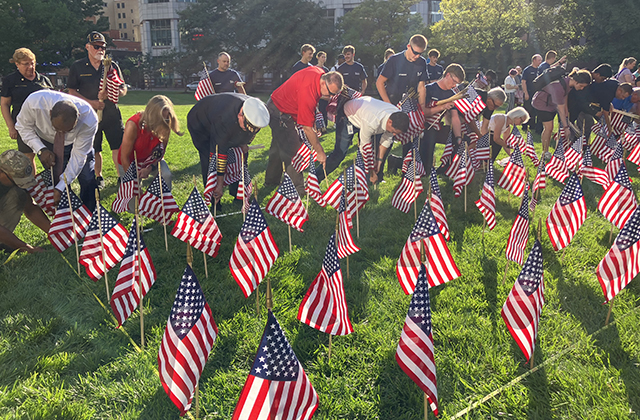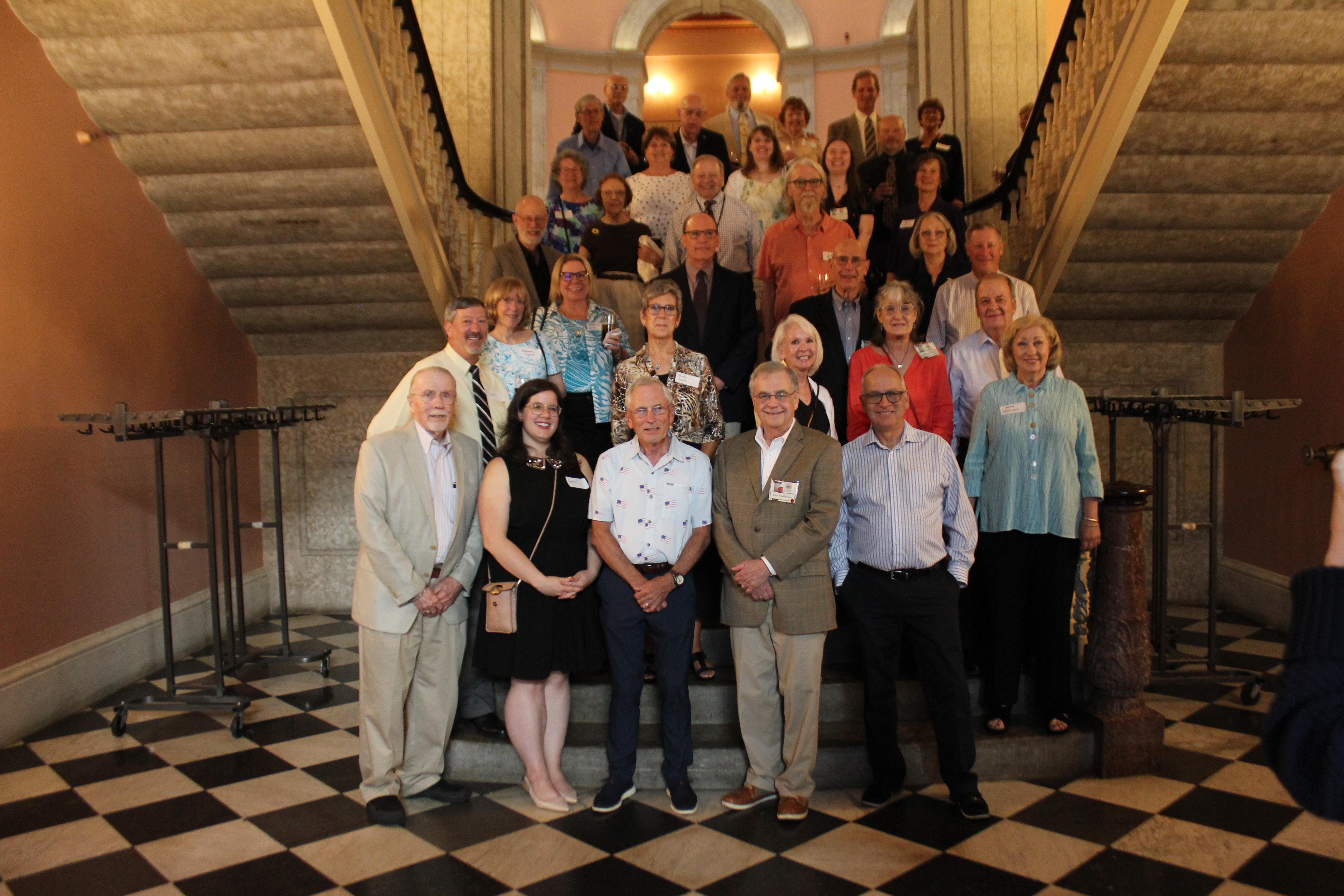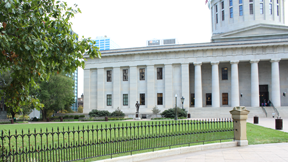


MUSEUM EDUCATION CENTER

Museum Education Center
 Ohio Statehouse Museum Education Center offers exhibits that encourage visitors to participate in the state government process by making decisions, expressing their opinions, comparing viewpoints and by voting. The exhibit challenges visitors' knowledge about the workings of state government, while equipping them to more fully participate as citizens.
Ohio Statehouse Museum Education Center offers exhibits that encourage visitors to participate in the state government process by making decisions, expressing their opinions, comparing viewpoints and by voting. The exhibit challenges visitors' knowledge about the workings of state government, while equipping them to more fully participate as citizens.
The Ohio Statehouse Museum is located on the ground floor of the Ohio Statehouse. The Ohio Statehouse Museum is open every day, except on state holidays.
Museum hours:
Monday-Friday, 9 a.m. to 5 p.m.
Saturday-Sunday, 12 to 4 p.m.
Visitors are welcome to tour the Ohio Statehouse using the self-guided tour brochure and the cell phone tour available in the Map Room. At this time, guided tours are available weekdays on the hour, 10 a.m. to 3 p.m., and on weekends on the hour, 12 to 3 p.m. Tours start in the Map Room.
Constitution of the State of Ohio
The Ohio Statehouse Museum features Ohio’s Constitutions in the central exhibit area where pages of the historic documents are on display. Visitors may view handwritten pages from the 1802 and the 1851 Constitutions.
Read the current Constitution of the State of Ohio here.
The Ohio Statehouse Museum features a documentary series of videos highlighting the national significance of the Ohio Constitution — from its critical role in the slavery abolition movement to how it set a national model for the funding of public education. The videos are also available on this webpage to watch before and after your Capitol visit.
Click here to watch six
Ohio Constitution videos
Foundations of Statehood (6:05 minutes)
The 1787 Northwest Ordinance, written by Nathan Dane, was the first major antislavery legislation in American history.
Peace and Hostilities (5:50 minutes)
An alliance of Native Americans resisted settlement into Ohio. With the 1795 Treaty of Greene Ville, they ceded much of the land that would become Ohio in exchange for promises of peace in the northwest areas. Arthur St. Clair opposed statehood for Ohio and lost his job as territorial governor.
The Slavery Debate (5:32 minutes)
Ohio becoming a free state set a precedent for other states. Rufus Putnam and Ephraim Cutler fought for the continued prohibition of slavery in the Ohio Constitution.
Freedom Fighters (5:46 minutes)
Many Ohioans participated in both the abolitionist and Underground Railroad movements, including Salmon Chase, John P. Parker and Harriet Beecher Stowe. The Ohio Constitution laid a foundation for civil rights that abolitionists could draw from to expand those rights to include African Americans.
Expansion and Regulation (4:36 minutes)
Canals and railroads revolutionized Ohio and our nation. The 1851 Ohio Constitution limited state debt and also the ability of the state to grant exclusive privileges to private companies.
Education for All (3:57 minutes)
Using your rights responsibly required that you be educated. Caleb Atwater, Samuel Lewis and Calvin Stowe were behind common schools in Ohio. The 1851 Ohio Constitution guarantees there will be state funding for public education for Ohioans.
Credits and more information about the videos
 Holiday Festival and Tree Lighting 2024
Holiday Festival and Tree Lighting 2024 Holiday Santa Photos 2024
Holiday Santa Photos 2024 2024-11-03 Olympic and Paralympic Celebration
2024-11-03 Olympic and Paralympic Celebration Flags for 9-11 in 2024
Flags for 9-11 in 2024 2024 Volunteer Appreciation Dinner
2024 Volunteer Appreciation Dinner Vintage Base Ball 2024
Vintage Base Ball 2024 Ohio Constitution Videos
Ohio Constitution Videos Ohio Statehouse Videos
Ohio Statehouse Videos






